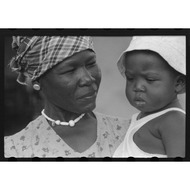Hurricanes
(View Complete Item Description)Students learn what causes hurricanes and what engineers do to help protect people from destruction caused by hurricane winds and rain. Research and data collection vessels allow for scientists and engineers to model and predict weather patterns and provide forecasts and storm warnings to the public. Engineers are also involved in the design and building of flood-prevention systems, such as levees and floodwalls. During the 2005 hurricane season, levees failed in the greater New Orleans area, contributing to the vast flooding and destruction of the historic city. In the associated activity, students learn how levees work, and they build their own levees and put them to the test!
Material Type: Activity/Lab, Lesson Plan










